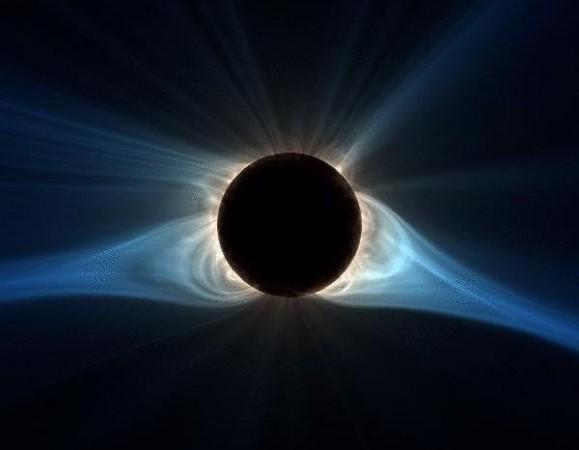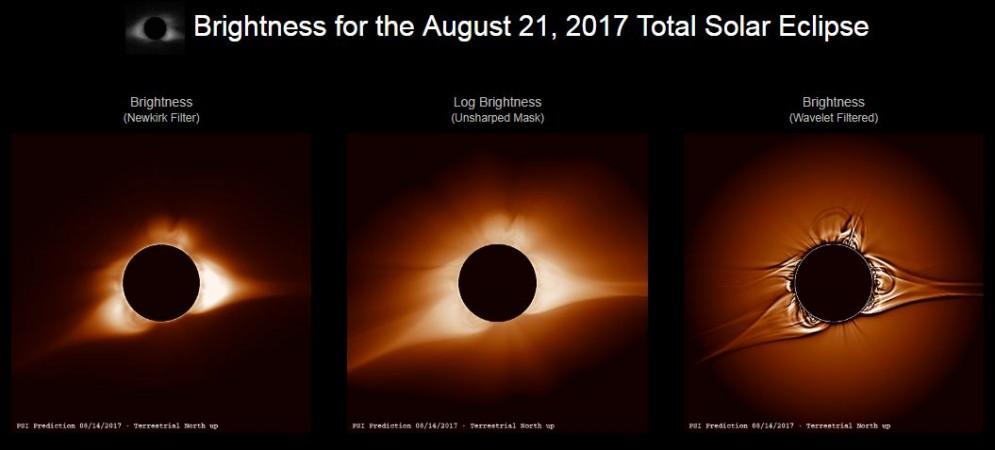At a time when space enthusiasts around the world are excited to watch the total solar eclipse on Monday, a team of scientists has used supercomputers to predict how the Sun will look during the eclipse, which will begin at 1:15 pm EDT (10:45 pm IST) and end at 2:49 pm EDT.
Beginning on July 28, researchers at Predictive Science Inc. (PSI), based in San Diego, have been running a large-scale simulation of the Sun's surface to predict how the solar corona will look like during the eclipse. Sun's corona is the aura of plasma that surrounds it and extends millions of kilometres into space.

The PSI researchers were assisted by experts from NASA, the Air Force Office of Scientific Research and the National Science Foundation. To forecast the 2017 solar eclipse, they used massive supercomputers, including Stampede2 at the Texas Advanced Computing Center (TACC), Comet at the San Diego Supercomputer Center (SDSC) and NASA's Pleiades supercomputer, and completed detailed solar simulations that are timed to the moment of the eclipse.
"Advanced computational resources are crucial to developing detailed physical models of the solar corona and solar wind," Jon Linker, president and senior research scientist of PSI, said in a statement.
As part of their effort, the scientists also used data collected by the Helioseismic and Magnetic Imager (HMI) aboard NASA's Solar Dynamics Observatory (SDO), as well as a combination of magnetic field maps, solar rotation rates and mathematical models. They completed their first forecasts on July 31 and published their final predictions on August 15.

One of the simulations developed by the researchers even produced a coronal mass ejection from an active region, which will be near the east limb of the Sun on the day of the eclipse. A coronal mass ejection is a giant cloud of solar plasma drenched with magnetic field lines that are blown away from the Sun during strong solar flare eruptions.
According to the scientists, their model helps them predict "quantities" that can be observed directly. They have provided images of both the total brightness and the polarised brightness of the solar eclipse, resembling what is seen by the naked eye and by using scientific equipment, respectively.

In addition, the model also helps the scientists estimate emission in extreme ultraviolet (EUV) wavelengths and X-rays.
"The Solar eclipse allows us to see levels of the solar corona not possible even with the most powerful telescopes and spacecraft," Niall Gaffney, a former Hubble scientist and director of Data Intensive Computing at the Texas Advanced Computing Center, said.

















